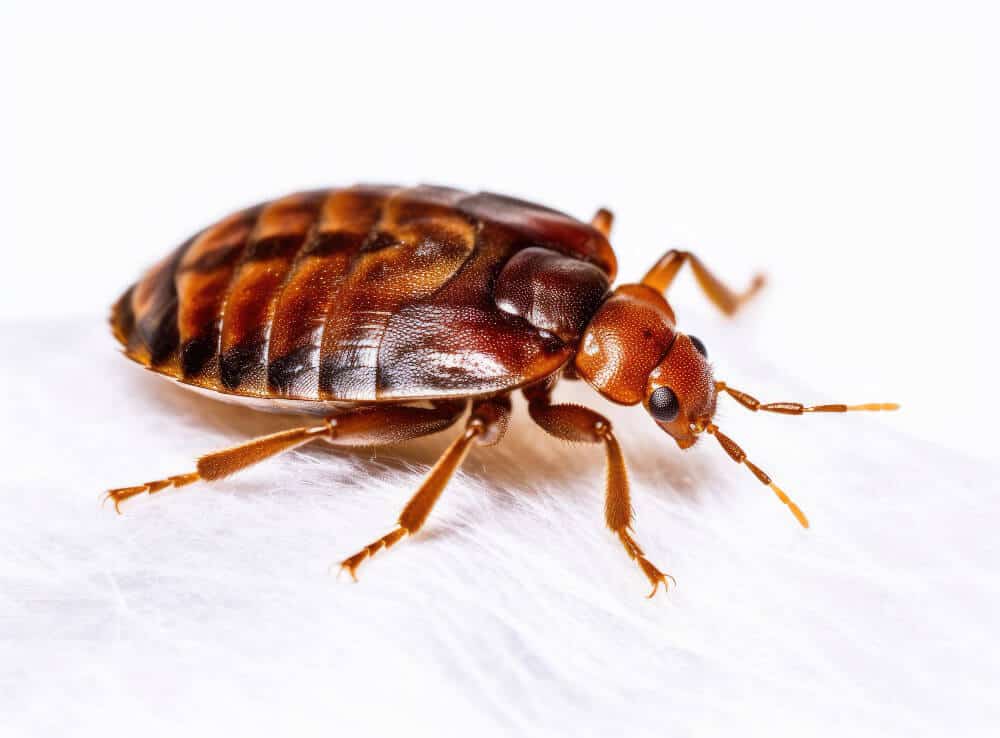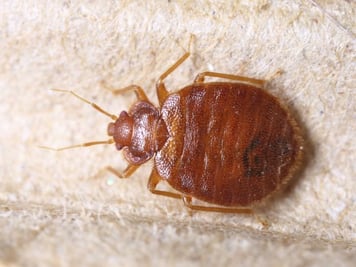Understanding the Lifecycle of Insects for Targeted Control Techniques
Recognizing the lifecycle of parasites is a basic element of reliable parasite management methods. Through a much deeper understanding of just how parasites advance and prosper, tailored control techniques can be designed to address specific factors in their lifecycle, inevitably leading to even more successful pest management outcomes.
Value of Understanding Parasite Lifecycle
Understanding the lifecycle of insects is crucial for creating reliable and targeted control strategies in pest management. By understanding the numerous phases a parasite goes via from egg to grownup, bug control experts can determine vulnerable points in the lifecycle where intervention can be most effective.
In addition, recognizing the particular environmental conditions necessary for each and every phase of the bug's lifecycle can lead choices on habitat modification or exclusion approaches to decrease and disrupt the lifecycle pest populaces. This understanding allows pest management professionals to implement aggressive procedures as opposed to relying solely on responsive treatments, bring about even more sustainable and long-term pest control remedies. Inevitably, a complete understanding of insect lifecycles empowers pest control experts to customize their methods efficiently, taking full advantage of and minimizing ecological effects control outcomes.
Trick Stages in Pest Growth
To effectively execute targeted control approaches in bug management, a vital facet hinges on thoroughly identifying and comprehending the vital stages in bug development. Insect advancement normally is composed of several crucial phases that are important for their lifecycle and monitoring. The initial stage is the egg stage, where insects lay eggs that later on hatch out right into larvae. Larvae then progress into pupae, a stage where they go through transformation before becoming grown-up parasites. Comprehending these phases is crucial as it helps in pinpointing weak spots in the lifecycle where control procedures can be most reliable.

Vulnerabilities in Parasite Lifecycle
Throughout the numerous stages of a parasite's lifecycle, unique vulnerabilities emerge that can be tactically targeted for effective control actions. One essential susceptability depends on the egg stage, where parasites are commonly much more vulnerable to certain pesticides or organic control agents due to their soft external shell, making them less complicated targets for treatment. Additionally, the nymph or larval stage offers susceptabilities as pests undertake fast growth and advancement, requiring high power consumption that can be made use of by interrupting their food sources or introducing development preventions. Pupal stages, identified by immobility and improvement, offer a window for targeted control with physical obstacles or specific treatments that impede effective emergence. Grown-up pests, while much more durable due to their reproductive capacity, can still be vulnerable throughout breeding or egg-laying activities, which can be interfered with through pheromone catches or sanitation techniques. Recognizing these vulnerabilities in the insect lifecycle is necessary for developing effective and exact control techniques that successfully take care of insect populaces while minimizing environmental impact.
Carrying Out Targeted Control Measures

Executing targeted control measures normally involves a multi-faceted strategy. This may consist of habitat alteration to make the environment much less hospitable to bugs, such as removing standing water for insect control or securing entrance factors for rodents. In addition, biological control techniques can be made use of, where natural killers or pathogens are presented to keep bug populaces in check.
Chemical control, such as the cautious application of chemicals, is one more usual method. However, it is vital to utilize these materials carefully to reduce ecological impact and possible harm to non-target varieties. Integrated Parasite Administration (IPM) strategies that incorporate numerous control steps in a coordinated and lasting way are usually the most effective in accomplishing long-term insect administration objectives. By implementing targeted control steps based upon an extensive understanding of bug lifecycles, pest populations can be properly controlled while reducing threats to human wellness and the environment.
Enhanced Pest Management Practices

Furthermore, the consolidation of biological control agents, such as natural killers or virus of insects, can aid reduce reliance on chemical pesticides and advertise an extra balanced environment. Applying physical barriers and traps can likewise become part of enhanced insect administration techniques, offering non-toxic and targeted services for bug control. In addition, making use of pheromones and other semiochemicals can interrupt pest breeding patterns and interaction, bring about reduced insect populations gradually.
Verdict
To conclude, understanding the lifecycle of insects is important for efficient parasite management strategies. By identifying essential stages in insect advancement and vulnerabilities in their lifecycle, targeted control procedures can be carried out to lessen bug populaces. Improved bug administration methods can assist minimize the dependence on broad-spectrum pesticides and promote more ecologically friendly and sustainable pest control methods. This knowledge plays a crucial duty in keeping healthy and balanced ecological communities and agricultural productivity.
Recognizing the lifecycle of insects is important for developing reliable and targeted control methods in insect management. By understanding the different stages a pest goes through from egg to grownup, bug control professionals can recognize prone points in the lifecycle where treatment can be most successful. Eventually, a complete understanding of bug lifecycles equips pest control specialists to tailor their strategies successfully, reducing environmental influences and taking full advantage of control results.
By webpage applying targeted control procedures based on a comprehensive understanding of parasite lifecycles, insect populaces my explanation can be effectively managed while decreasing dangers to human health and the setting.
By determining vital stages in bug growth and vulnerabilities in their lifecycle, targeted control procedures can be implemented to decrease pest populaces.
Comments on “A1 Bed Bug Exterminator Houston: Trusted Treatment Providers”